by Dot Cannon
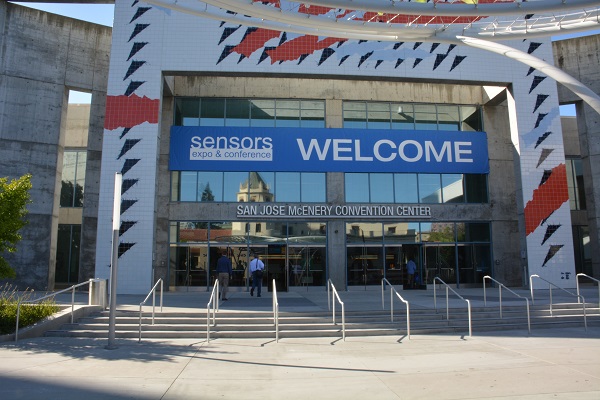
Radar inside vehicles? Not to mention homes, office buildings or other structures?
That could be the way of the future, according to the Wednesday-morning keynote panel which began Day Three of Sensors Converge Virtual.
Sensors Converge Virtual, the only virtual platform for the design engineering community, was in its final day. Since Monday, globally live-streamed presentations and on-demand content had engaged community members unable to attend the live Sensors Converge event in San Jose, in late June. As noted in our earlier posts, environmental technology and human-robot interaction had been two sensor-related areas covered during the previous days.
Now, a panel of experts began a discussion entitled, “Ripple Effect: Unlocking New Applications and Innovations for Radar Through Industry Standardization.”
Defining a new term
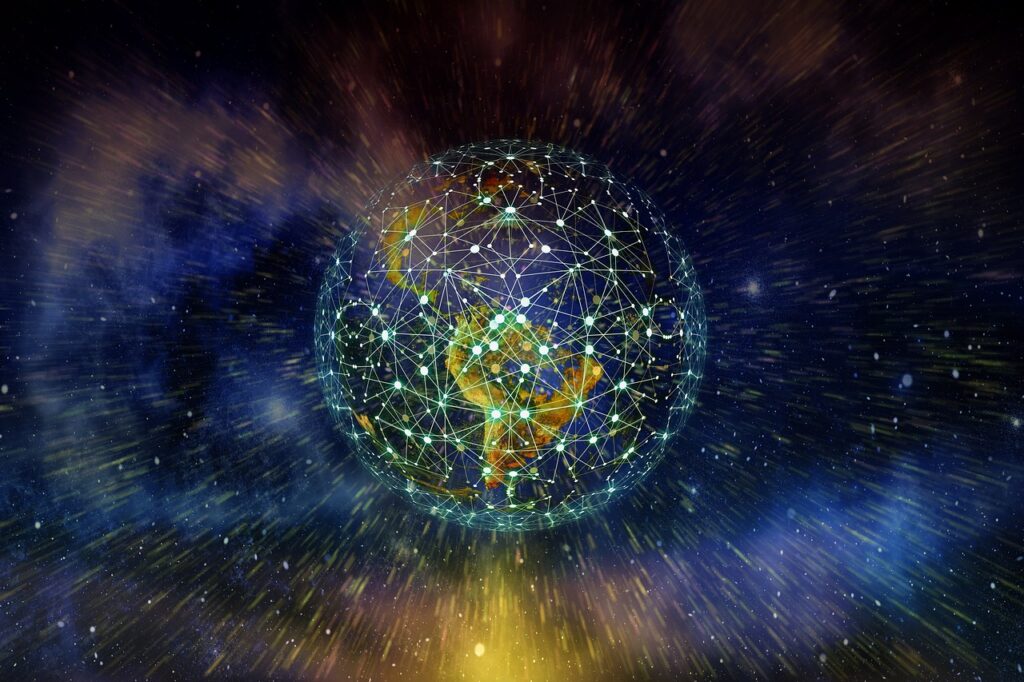
So, what is “Ripple”?
It’s an open API (Application Programming Interface) radar standard specification, which facilitates collaboration.
Consumer Technology Association Director of Technology and Standards Kerri Haresign, who served as panel moderator, explained.
“In 2021, CTA…convened a great group of experts to develop the Ripple standard. The companies represented here on the stage, and others, worked to encourage radar interoperabiliity. allowing industry to harness the power of this technology in increasingly innovative ways.
Kerri said the first version of the Ripple specification had been released at CES® 2022.
“…And I’m really excited that, here at the (Sensors Converge Virtual) conference, we’re able to announce that our (new) v1.1 spec was actually just released yesterday.”
The panel explored some of the ways this new standard specification could shape the future.
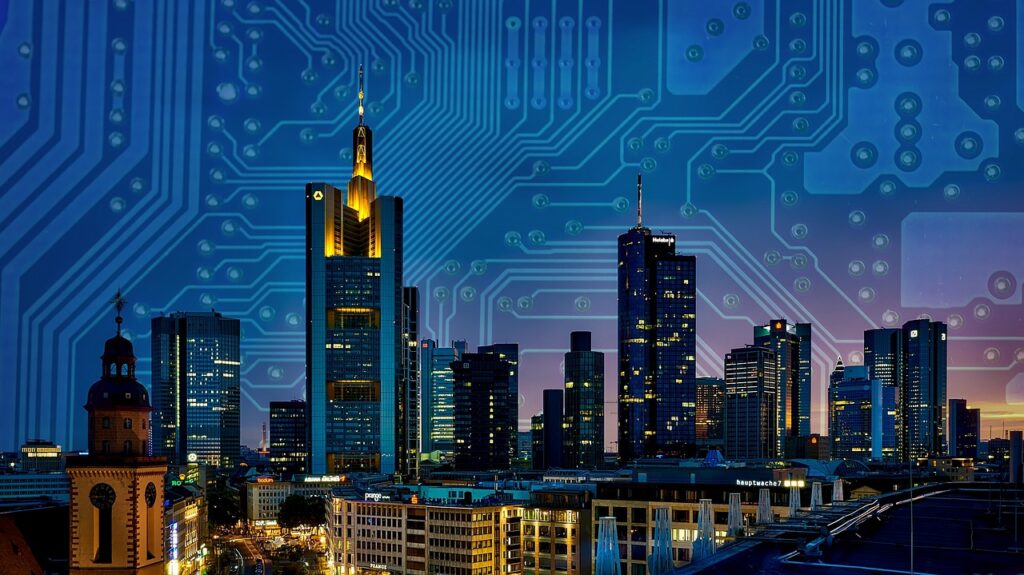
The shape of innovations to come
“…We have been developing a radar-based sensor for noninvasive, contactless blood pressure monitoring,” said Blumio Co-Founder and CEO Catherine Liao.
“(So much of healthcare is) all about, ‘I need to feel your pulse’. ‘I need to feel your temperature.’…Well, imagine if I can have a sensor that (no longer needs a pair of hands in front of you to do that assessment). That’s essentially the feature that we’re aiming towards.”
“Radar as a sensor is less identifying than sensors like cameras,” said Google Group Product Manager Brandon Barbello.
“And so, the ability to provide useful services while better respecting the privacy of our users is enabled by radar like no other sensor.”
Upgrading the future
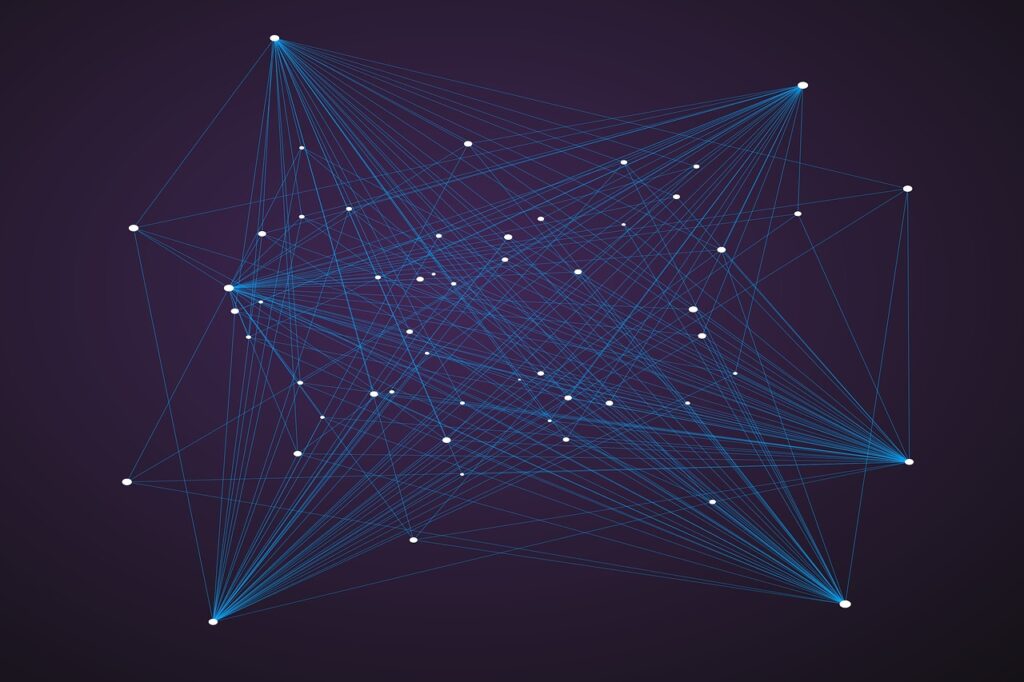
Brandon said that previously, radar’s multiple layers had precluded its being incorporated into devices.
“…Radar in consumer products, and radar as a general-purpose sensor, is still so nascent. Things aren’t yet as mature as, for example, in the camera space, where all of these layers have standard ways of talking to each other.
“As a result it’s currently rather difficult for teams…to invest in radar products and to build things in a plug-and-play way.
“What Ripple is doing, by bringing this diversity of companies together and standardizing these interfaces at all levels, …is making it possible for more people to more easily build things with radar…
“…We’re hoping to really catalyze the industry by helping the tools to catch up with the potential of the technology.”
Radar’s wide range–of uses
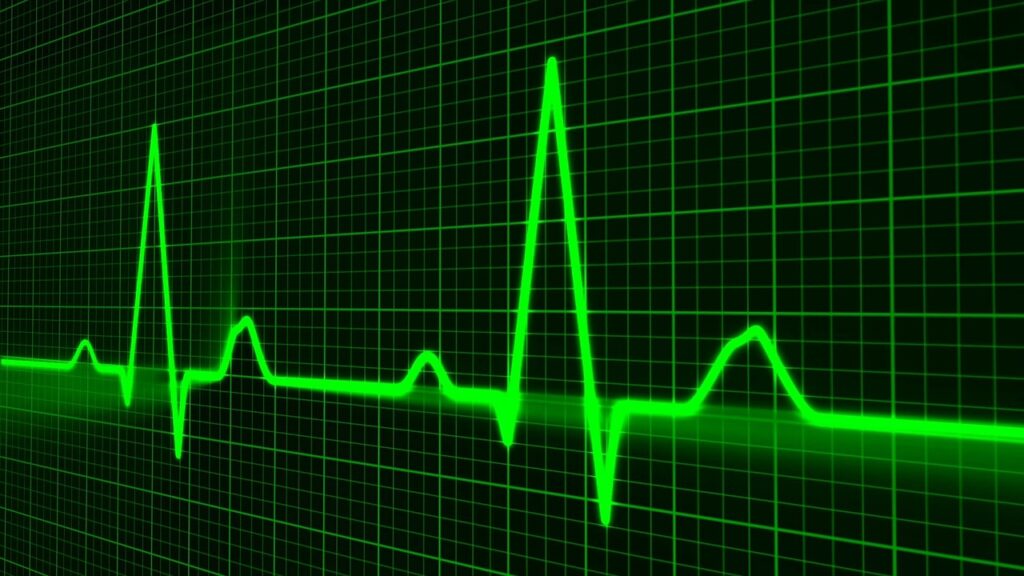
“So one of my favorite things about this project…is just the absolutely wide range of use cases that we’re seeing with radar,” Kerri said.
“I mentioned that this initial API was launched at CES and we had this opportunity to hear from people coming up to us and saying, ‘Oh, could we use radar for this? Could we use radar for that?’
“My only regret was that I didn’t have a whiteboard to write them all down on.”
Kerri then asked the panel for a “future look”, at some of the current use cases of radar and some that might be coming, “three, five, ten years down the road.”
“We are the first company that’s really looking at different movements within the body,” Catherine said.
“Can we begin to see devices that are integrated into our homes,…tracking our cardiovascular health in smart and clever ways?
“…Perhaps I’m sitting in front of my computer, (and a sensor is integrated into my screen, laptop or keyboard monitoring my health). When I go to bed there is a sensor that is monitoring how well I’m sleeping, how well is my recovery.”
Where the radar meets the…riders
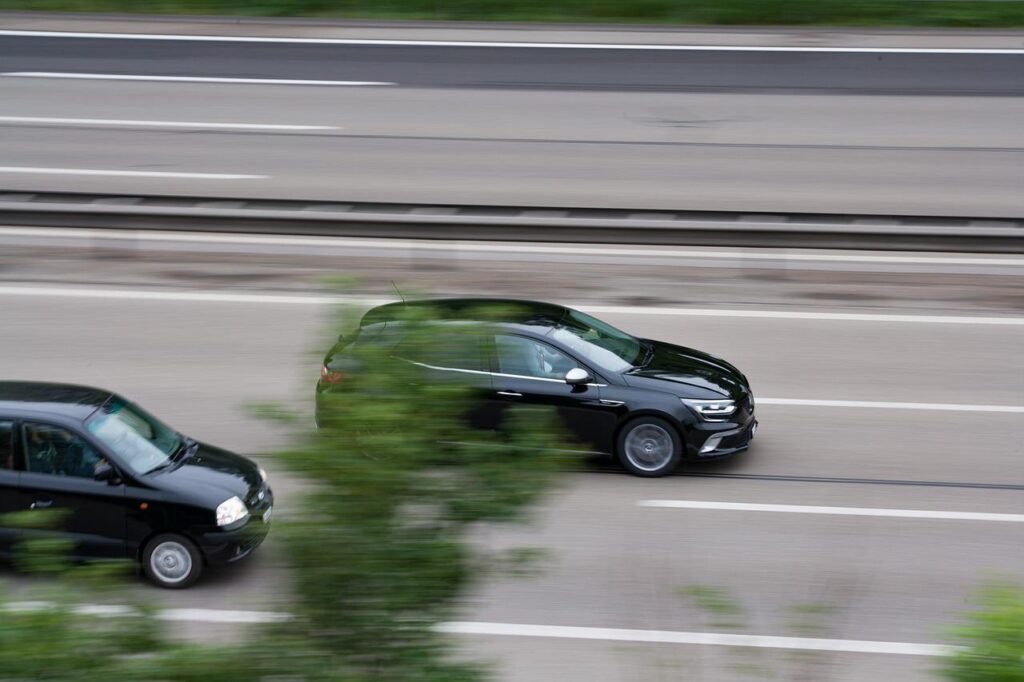
Another application the panel discussed was in-vehicle radar use.
Currently, said Ford Motor Company.Global Senior Manager of Advanced Digital Cockpit Technologies and Artificial Intelligence/Machine Learning Nick Colella, his company uses radar for exterior uses such as cruise control and emergency braking.
“But what we’re trying to do is utilize radar for other types of applications in the interior of the vehicle,” Nick said.
Radar, Nick continued, could see through seats and see occupants who might be covered under a blanket.
He also said, once the occupants were located, radar can determine other factors. For example: how many occupants are in the vehicle, children or adults, and their gestures.
Later on in the discussion, Nick also mentioned the health and wellness use case for drivers.
“That’s a gap that cameras can’t fit. (A) driver’s health, especially (truck) drivers, they’re overworked, they’re fatigued. Our customers really want to understand the health of the drivers and make sure that they’re in the best shape possible for (long-haul driving).”
Entering the “computer”
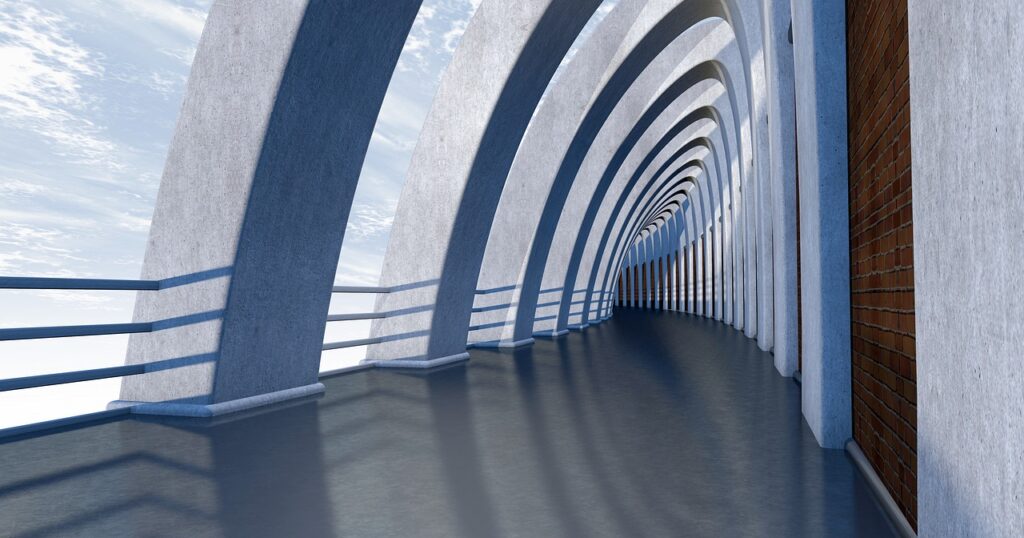
Brandon discussed radar’s potential for sensing gestures, and what that could mean for “general-purpose radar” in the future.
Radar’s spatial dimension, he said, allowed devices to determine when someone is in a room, what activity that person is doing, and whether they were engaging with, or preparing to interact with, the device.
“…Thinking out a few years, there’s the potential to go from a single sensor, sensing interaction,…to groups of sensors. And you could effectively have a whole building that’s able to behave like a computer,” he continued.
“(That building would) be able to understand all of the activities of the people within, to anticipate what activities to do next, (and to detect events such as health emergencies).
…That, to me, is really exciting, where the sum total of all these use cases for the sensor are going to go in the next few years.”
Two aspects, innumerable applications
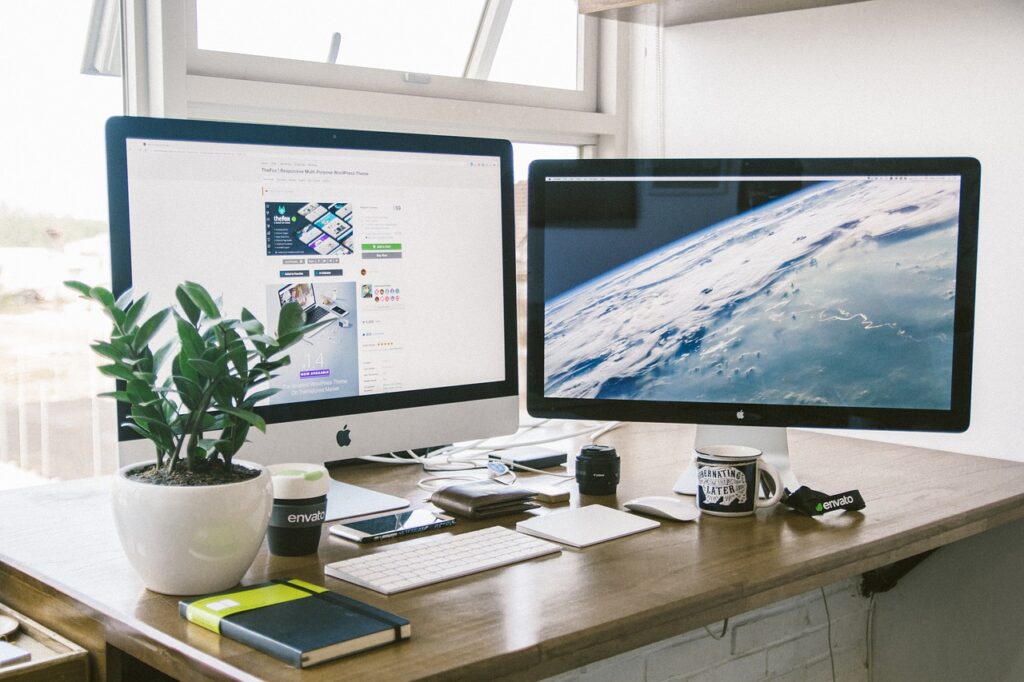
“For me, there are two aspects of it,” said Infineon Technologies Senior Director of Sensor Systems and IoT Raj Khattoi, in response to Kerri’s question about current and future applications.
“One is really the telehealth, there will be a lot of applications, whether it’s cardiovascular monitoring, …baby monitoring, …remote-type monitoring.
“And then there’s the other aspect of safety, which is basically like fall monitoring for elderly. That’s a beautiful use case, where not a lot of technologies can do that, while giving you the privacy benefit that radar actually gives you.”
Innovation: open to the public
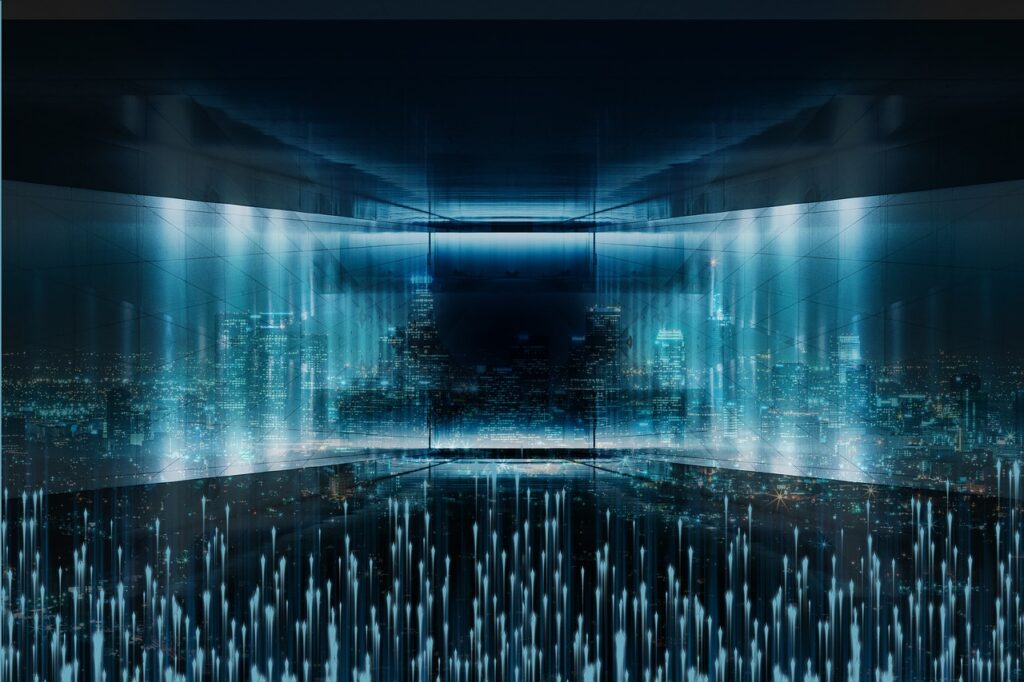
At the start of the discussion, Raj had pointed out that any technology advancement isn’t necessarily open to all innovators.
“There’s an incubation period for any technology, that starts with the infrastructure development. And there there are the early developers, the tinkerers…And then (the tech companies) bring it into applications.
“All of them have new applications, but that’s still not mainstream.”
In order to get general-use radar into the mainstream, Raj said, industry experts really needed to remove the “bottlenecks” that prevented the general public from coming up with new innovations.
“One of the ways we (accomplish this is by getting) that standardization of the APIs.”
Now, Raj commented, “When you open up an API to the general public, and then they start…building (the applications), many of us will be actually surprised with the killer apps they come up with.”
And that’s basically why…we’re trying to get the standard up. The application developers will come up with creative ideas, what could be the killer app,” Raj said, referencing Snapchat as an example of creative ideas “taking off” when the general public could innovate.
In fact, Kerri said, the most creative applications she had heard on the CES floor was a “karate” vest for someone training for karate, that let the wearer know where they’d been “hit or not hit”.
Respect and peace of mind
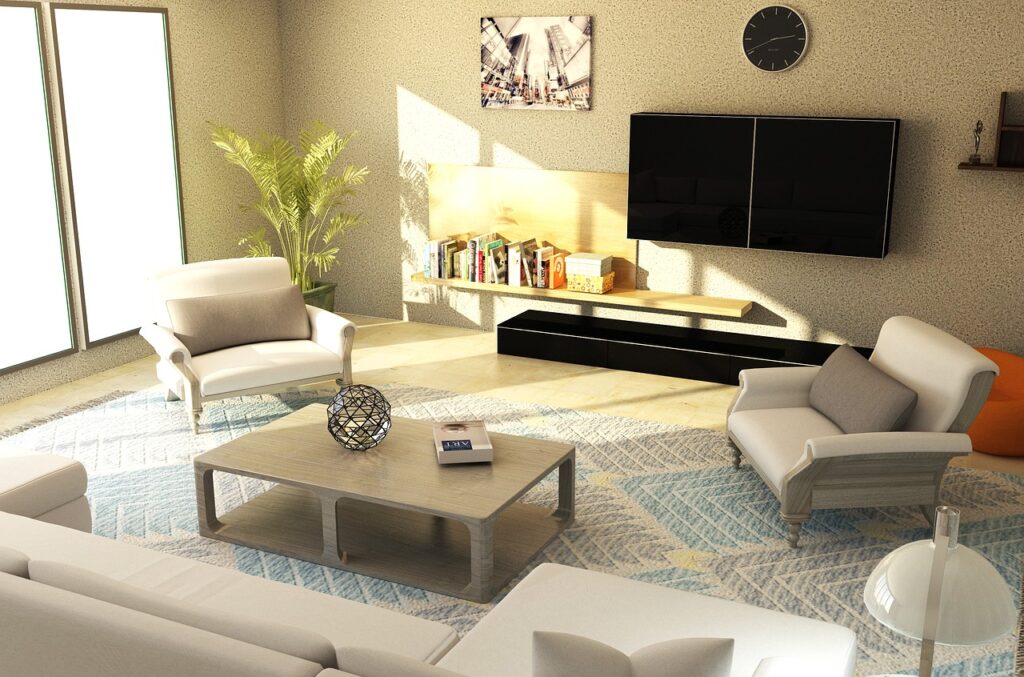
Eldercare was a use case to which radar is particularly well suited, the panelists agreed.
“We live in a society where…the society’s aging on a whole, from the population perspective,” Catherine said.
“For those of us that have elderly (parents or grandparents living independently), radar offers great modality to deliver peace of mind, to make sure they are OK without violating their privacy, (as compared to a camera.)
“So it’s a mechanism to deliver utility for our elderly population, without them feeling like they’re being monitored.”
“And also, (radar) doesn’t require them to put anything on their bodies.
“There are places where the camera just doesn’t work,” Raj said. “Shower fall detection. for example. You don’t want a camera in your shower. You do want something that values your privacy and radar is one of those technologies that enables that.
Flowing into the future
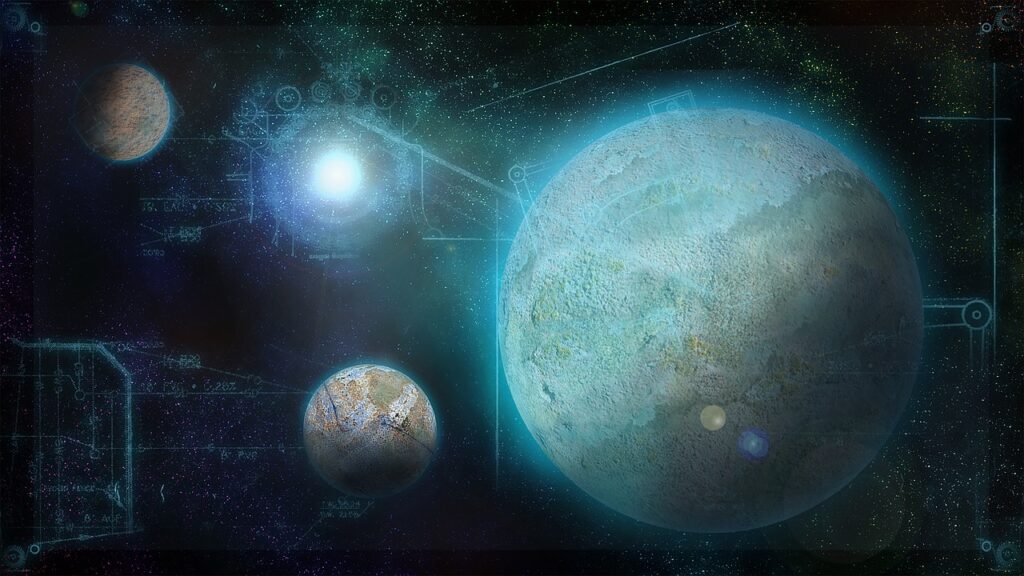
The panelists envisioned a future where all kinds of innovators could develop general-use radar devices.
“If we’ve got a standardized API, we provide that with the associated hardware-development kit (to small startups and large-scale companies), the innovation just flows with it,” Nick said.
“Look what’s happening with some of the other technologies out there we’ve had a standardized interface for. And then the applications, coming from…the consumers themselves, (just a wealth of apps have resulted).”
Kerri asked Brandon for a preview of what might be coming next, for the Ripple project.
“We’re working on interface standards on APIs for all layers of the stack,” he said. “So far, we focused at the lower layers of how the hardware extraction relates to the radar extraction.
“But as we get into the higher layers (like the machine-learning layer and the user-experience layer), at that point, Ripple is relevant and usable by many more developers.
“Over time,…developing for radar will become more and more like developing an app for a smartphone. This should be as easy to use as any other sensor and this will (enable more people to develop new technologies with radar).”
“Another thing,…in the future we’re looking to add additional kinds of radars that will support…Ripple being useful in more places for many more applications, and make Ripple usable in a lot more devices.”
Calls to action
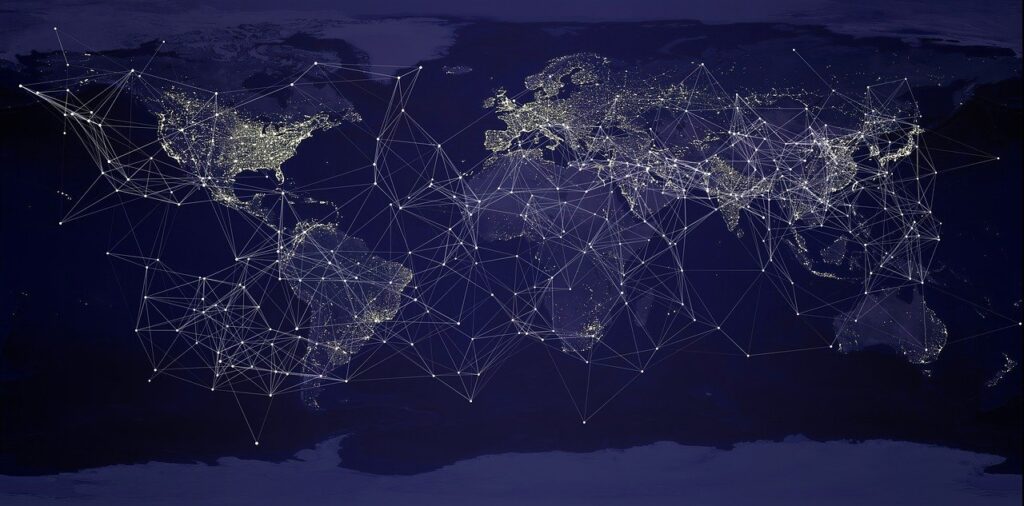
Kerri issued an invitation for future innovators to get involved with Ripple, by checking it out on the CTA website.
“Join the standard,” Raj said. “Develop the apps. Maybe we, as a family, don’t even know of the apps that you would enable.”
“Radar today is where cameras were …twenty years ago,” Brandon said. “There is no shortage of opportunities for people of all skills and all talents…to unlock the potential of this technology.”
“Standards are extremely important, but it’s extremely important that they get feedback from the implementers with it,” Nick said. “…If you are planning on doing radar implementation for certain features, it’s critical that you get on board, download the software, log Github issues so that the team understands…the changes they need to make, to make it a better standard.”
Catherine also issued an invitation.
“As a startup founder,…if you’re in health sensing, looking to solve for cardiovascular health monitoring,, have a chat, we would love opportunities to collaborate….Or if you’re a developer, that understands algorithms (and) is passionate about health, come have a chat with me, to see how maybe you can help us solve some of the most pressing challenges that we have.”
Ad astra–with radar
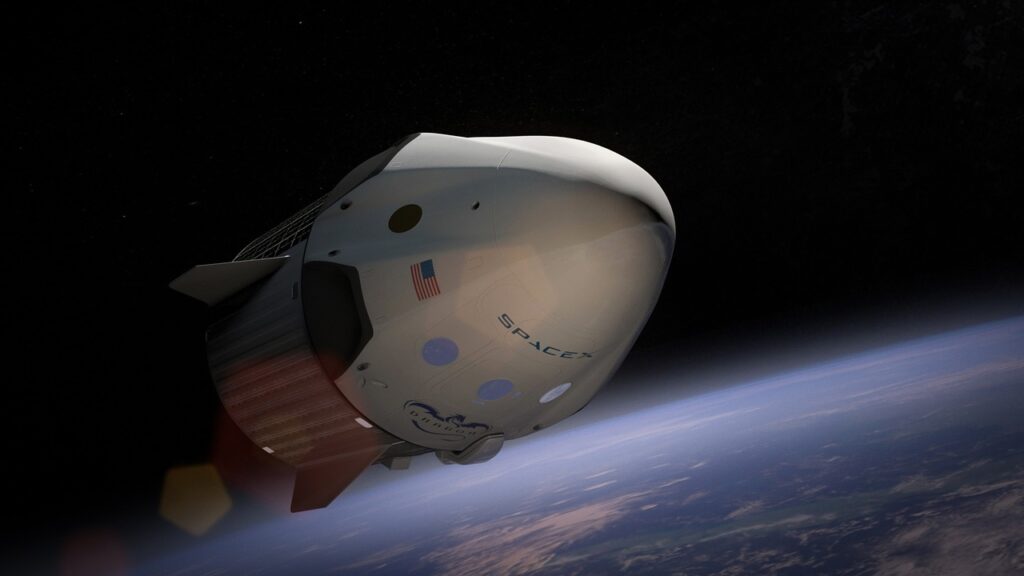
And Catherine had previously brought up an exciting future use case for radar-enabled devices.
“One set of conversations that we’ve had a lot is with the Federal Aviation Administration,” she said.
“And their interest in radar, specifically around health sensing, is really around both protecting the health of aircraft operators, whether it’s from general aviation to pilots in the Air Force to space travel. As well as occupant safety, in a future where…we might be traveling in space pods, going to Mars and whatnot.
“…And frankly, existing sensors really aren’t suitable for that…this is an opportunity for radar to play.”
